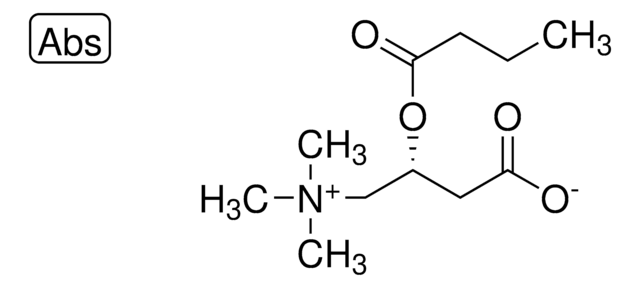11365
Avicel® PH-101 Cellulose Resin
285 mesh
Sinónimos:
Cellulose, Cellulose microcrystalline, Cellulose powder, Cotton linters
About This Item
Productos recomendados
product name
Cellulose, ~50 μm particle size
form
powder
Quality Level
technique(s)
LPLC: suitable
matrix
Cellulose
matrix active group
polymer
particle size
~50 μm
separation technique
size exclusion (SEC)
InChI
1S/C12H22O11/c13-1-3-5(15)6(16)9(19)12(22-3)23-10-4(2-14)21-11(20)8(18)7(10)17/h3-20H,1-2H2/t3?,4?,5?,6?,7?,8?,9?,10-,11?,12+/m1/s1
InChI key
GUBGYTABKSRVRQ-WFVLMXAXSA-N
¿Está buscando productos similares? Visita Guía de comparación de productos
Application
- Avicel® PH-101 was used as reference material in characterisation of microcrystalline cellulose (MCC) using Powder X-ray diffraction and Fourier transform infrared spectroscopy.
- Avicel® PH-101 was used to evaluate crystallinity index and spectral analysis of cellulose using XRD and solid-state 13C NMR.
- Avicel® PH-101 was used in preparation of phosphoric acid-swollen cellulose for enzyme assay using HPLC.
Legal Information
Storage Class
11 - Combustible Solids
wgk_germany
WGK 1
flash_point_f
Not applicable
flash_point_c
Not applicable
ppe
Eyeshields, Gloves, type N95 (US)
Elija entre una de las versiones más recientes:
¿Ya tiene este producto?
Encuentre la documentación para los productos que ha comprado recientemente en la Biblioteca de documentos.
Los clientes también vieron
Nuestro equipo de científicos tiene experiencia en todas las áreas de investigación: Ciencias de la vida, Ciencia de los materiales, Síntesis química, Cromatografía, Analítica y muchas otras.
Póngase en contacto con el Servicio técnico



